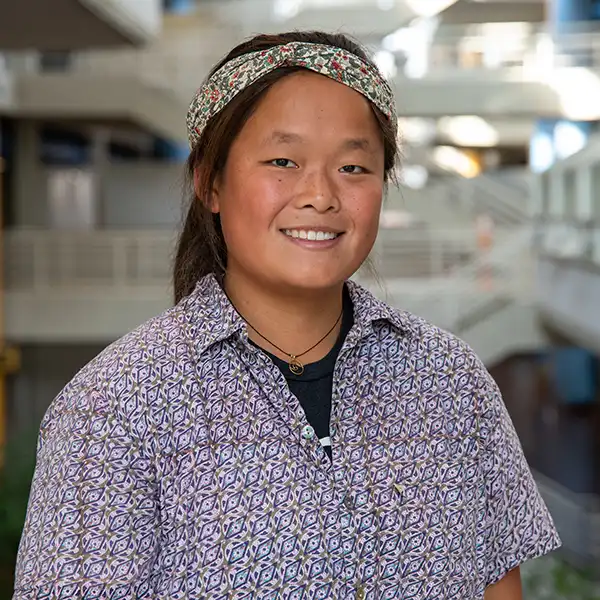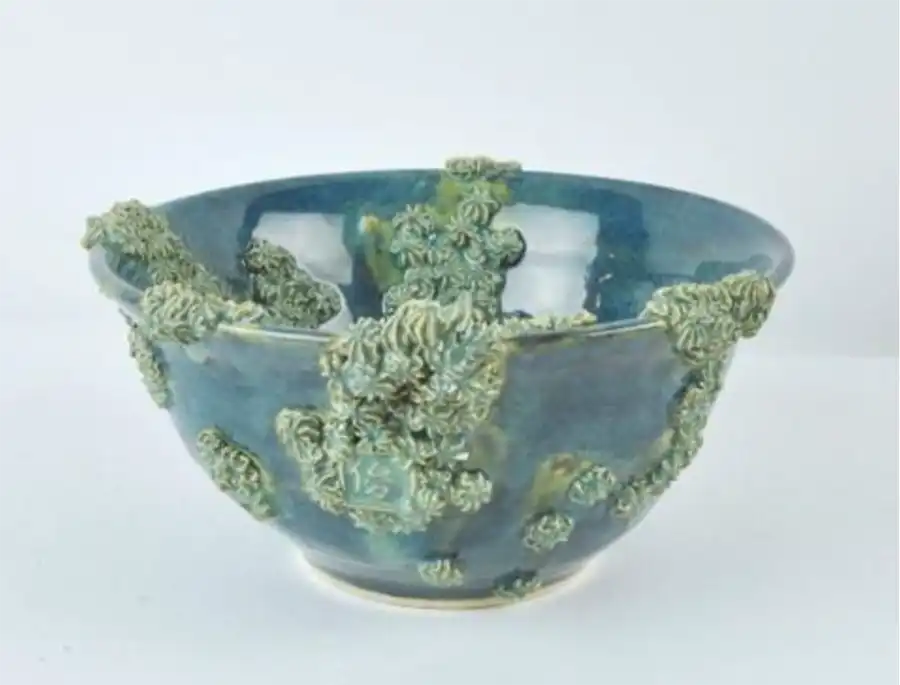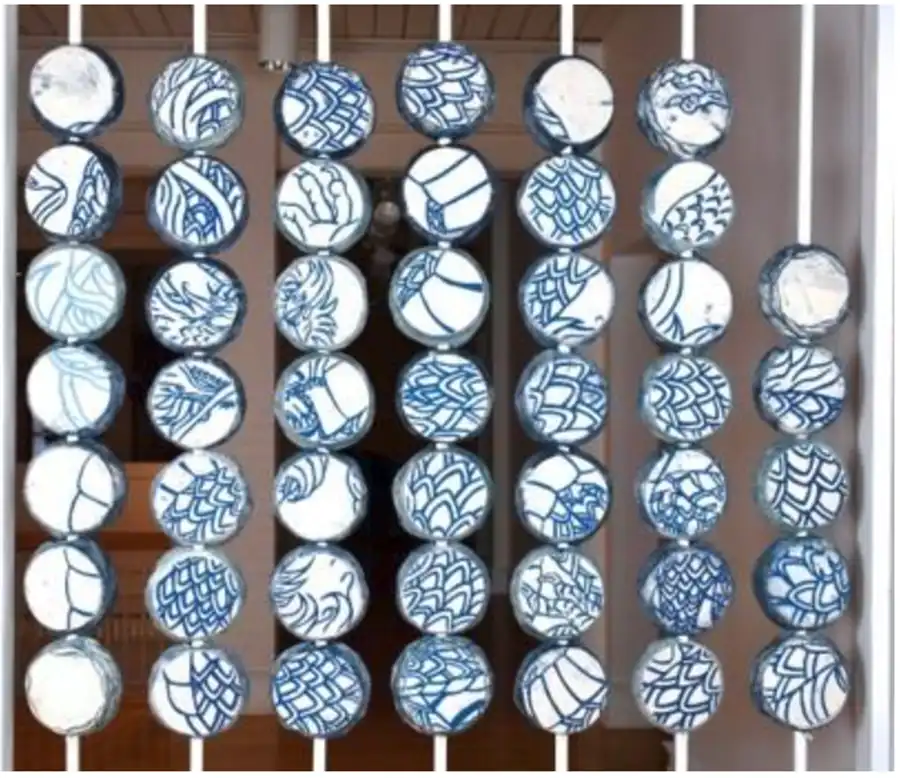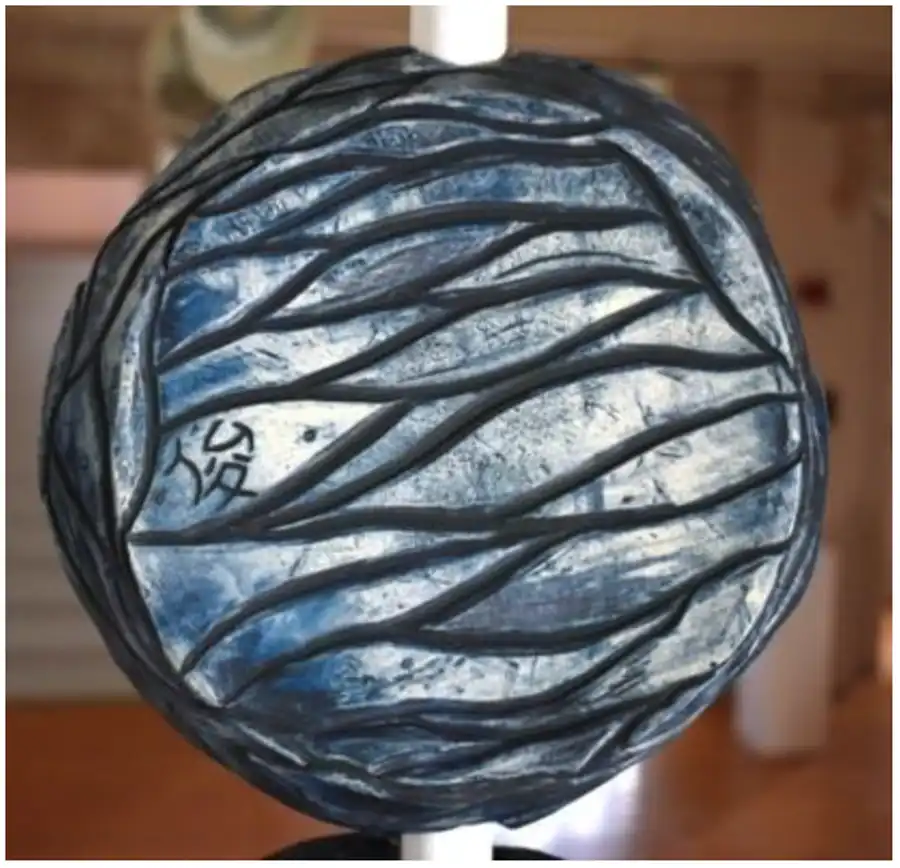Langer, Hannah

Area of Study
Class
Education
Hannah Langer

Hannah Langer was born in Anhui, China and was adopted at the age of one and raised in Beverly, MA. She graduated from the College of Wooster in 2021. She received a Bachelors of Art, with a double major in Studio Art and English with a minor in History. During her time at school she not only swam for the division three varsity swim team for all four years but also held a leadership position on the team during her Junior and Senior years which required her to assist with recruiting and perform administrative work for her coach. She was also a ceramics studio technician for her ceramics professor. She displayed her work at both the Sussel Gallery and Mackenzie Gallery at the College of Wooster, and at graduation she received both the Netta Strain Scott Prize and the Donald R. Mackenzie Prize, both emphasizing her senior thesis show and her work in ceramics.
After graduating she took a gap year, working for an Americorps program, City Year in Cleveland, before applying to graduate schools.
Artist Statement
As an Asian American woman born in Anhui Province, China, I have a unique perspective especially as someone who was adopted into a white family. I have used my artwork to express this unique perspective to my audience. Unlike other artists who define themselves as Asian American, I am looking backward at my Asian heritage, which I experienced largely second-hand through books, movies, and discussions, rather than integrating further into American society. Having been adopted has separated me from my cultural roots as I was raised in a completely different culture; thus, it has become something within my adult life that I have desperately looked toward.
Through my body of work I am able to show this distinct fusion of cultures from the one I was born into and the one I grew up in. I am working to deconstruct and reimagine the idea of what the blue and white wares mean within Chinese history. I am particularly interested in the pieces created in the Ming period as they were distributed throughout Europe as luxury goods. Even though I am Chinese by birth, it does not mean that I know all the heritage or follow all the stereotypes that people associate with being Chinese. Like the porcelain pieces created for European distribution, I was formed in one place but distinctly influenced by Western customs and ideas. Using multiples show the complexity of identity as it helps to describe the different layers that people form within themselves as each piece does not perfectly mirror another one. I used the slip casting technique to make distinct sets of multiples that I manipulated into different pieces. Through the use of slip casting I am able to utilize this technique to keep distinct sets of multiples that I am then able to manipulate into different pieces.
I am creating a juxtaposition with my designs and interpretations to express how cultural history can form our identities through the use of different symbols and techniques from both traditional Chinese culture and my own design work. As we grow up, we have a distinct hand in shaping our own identity as we are the ones who control how we interact in the spaces we occupy.





